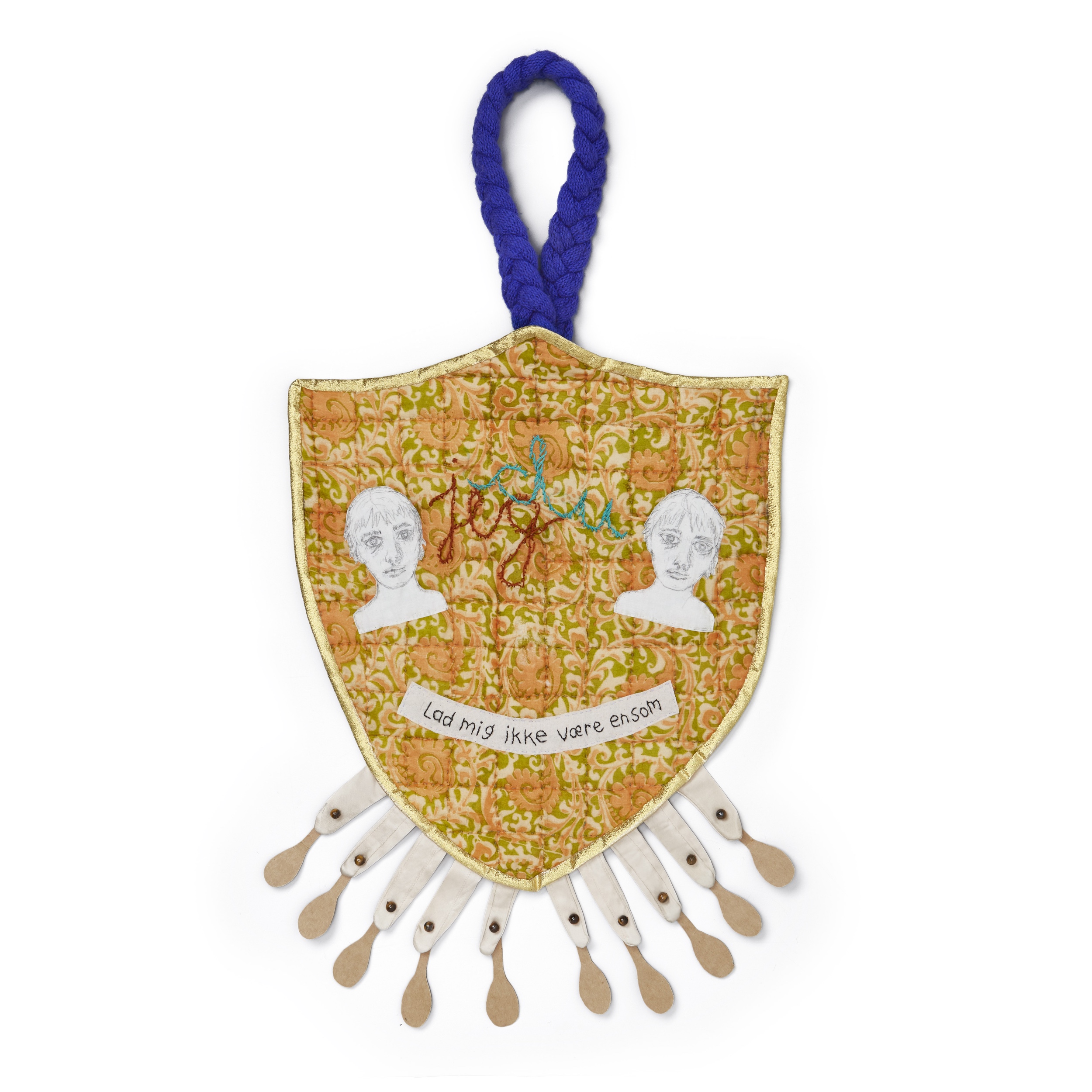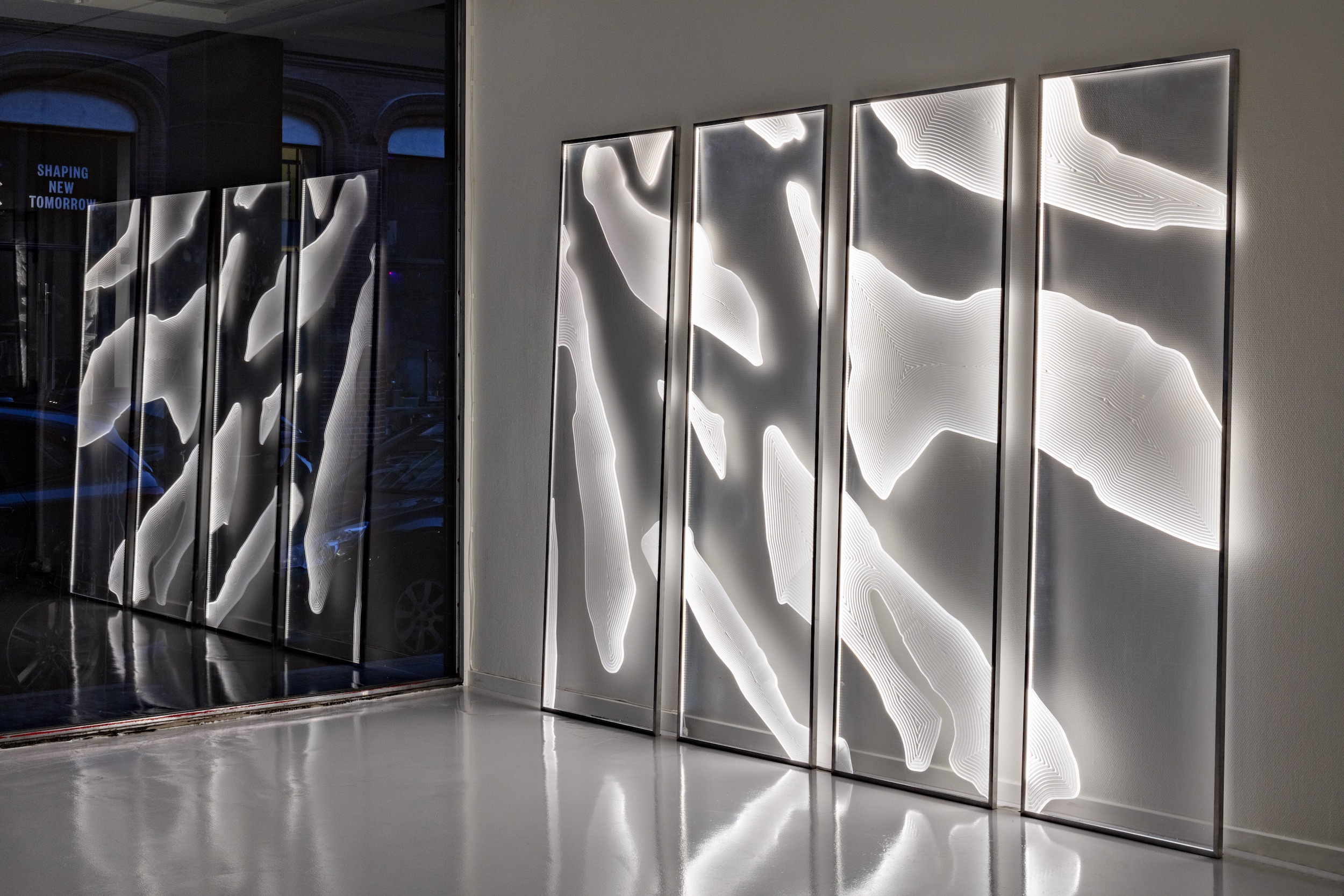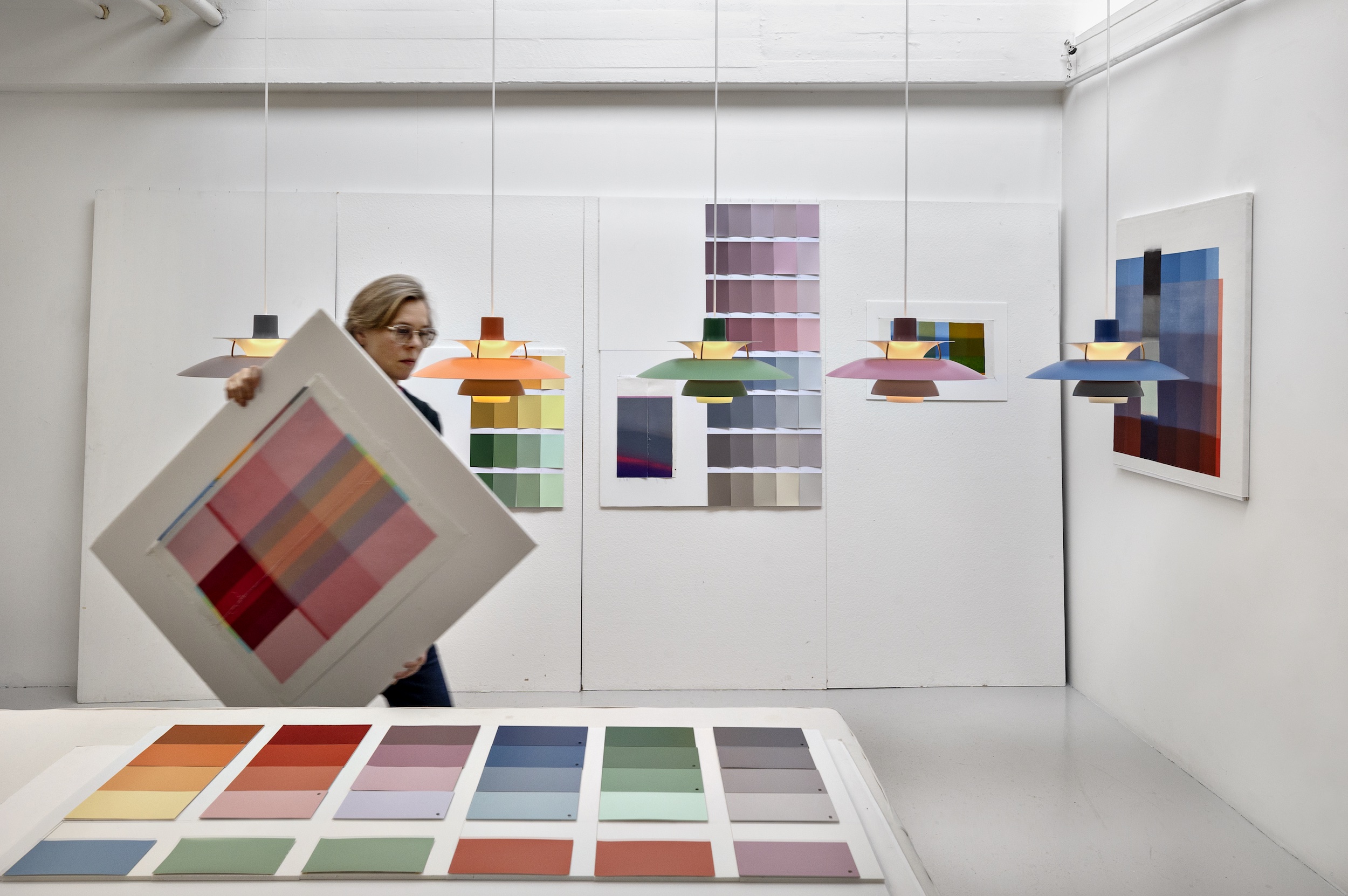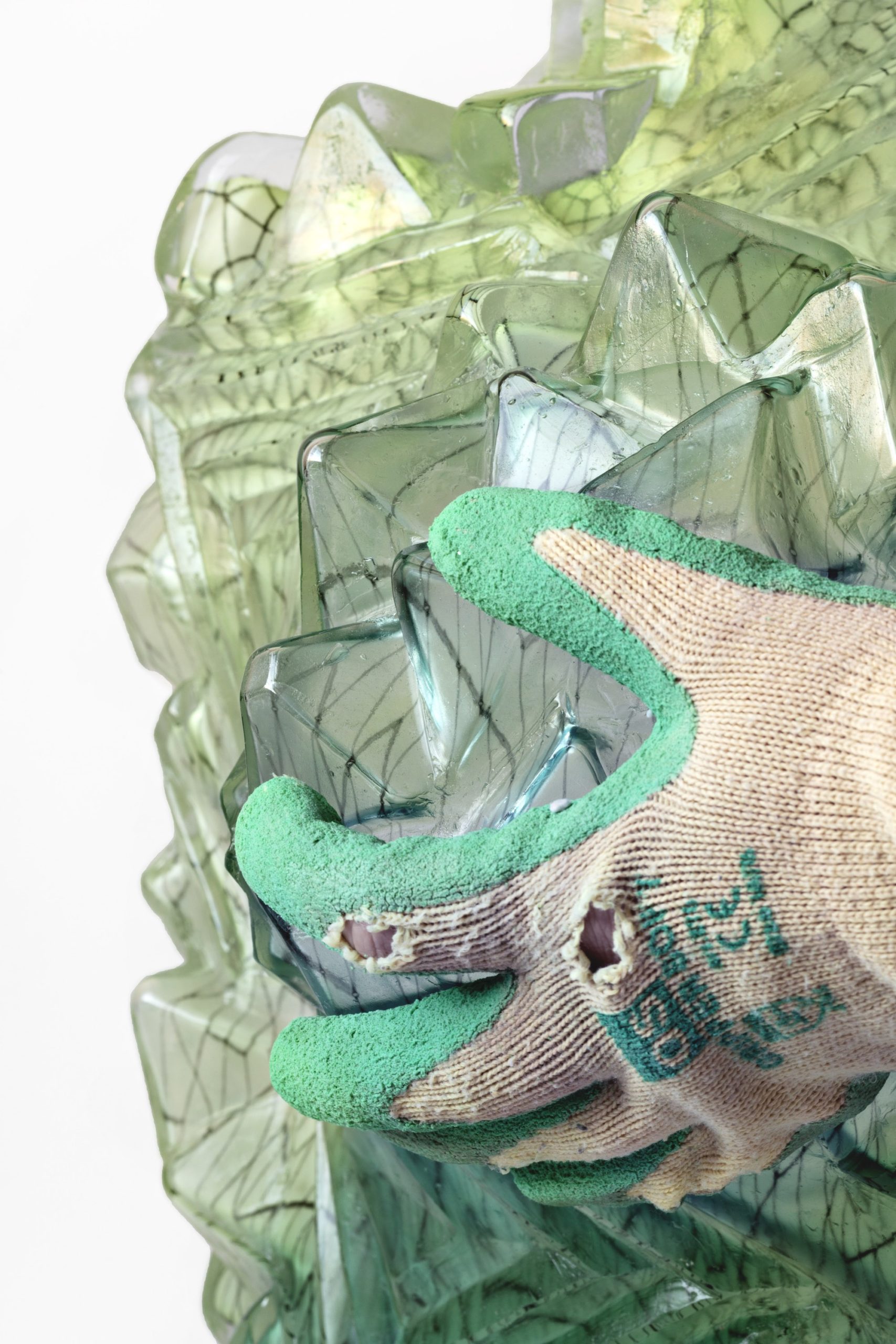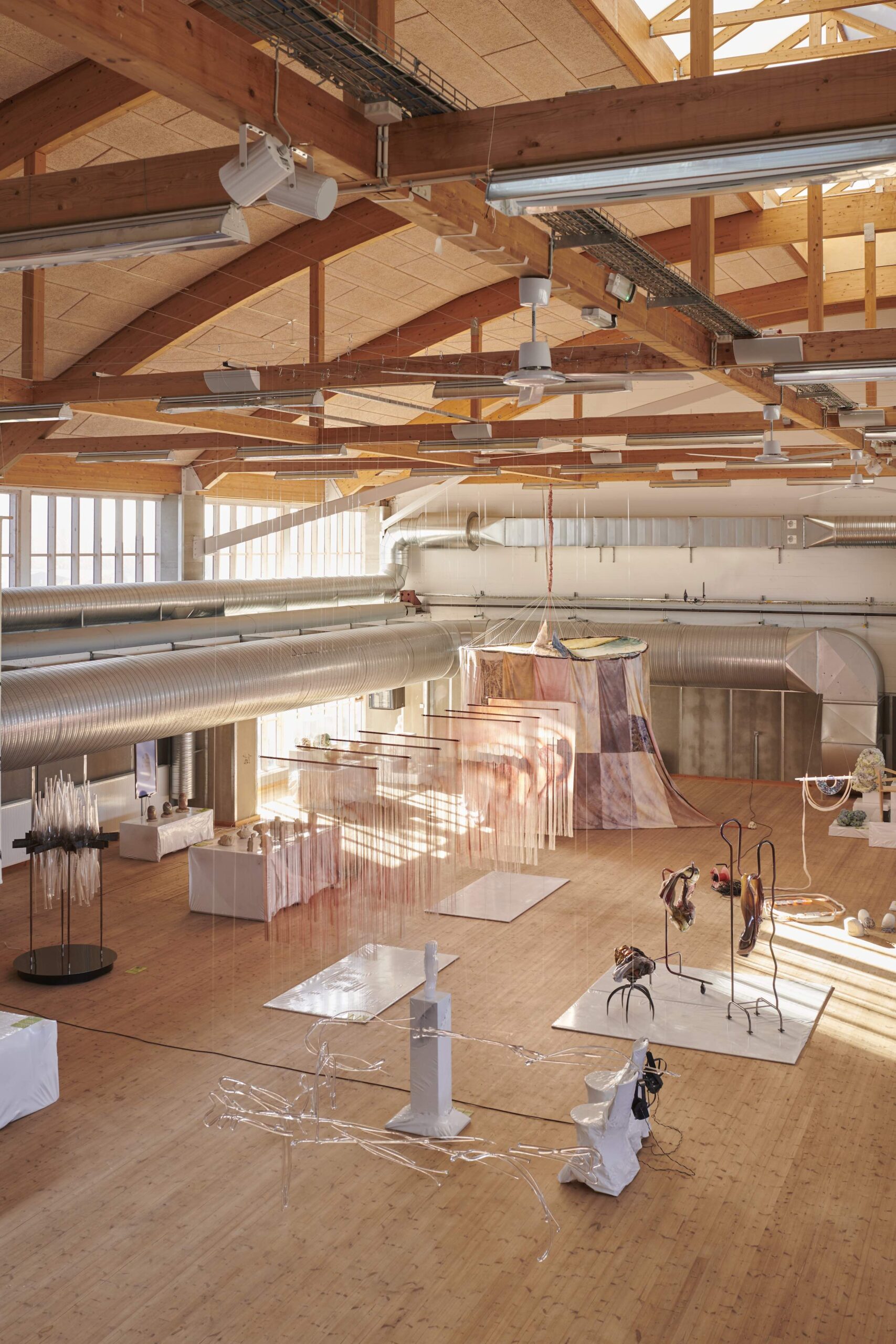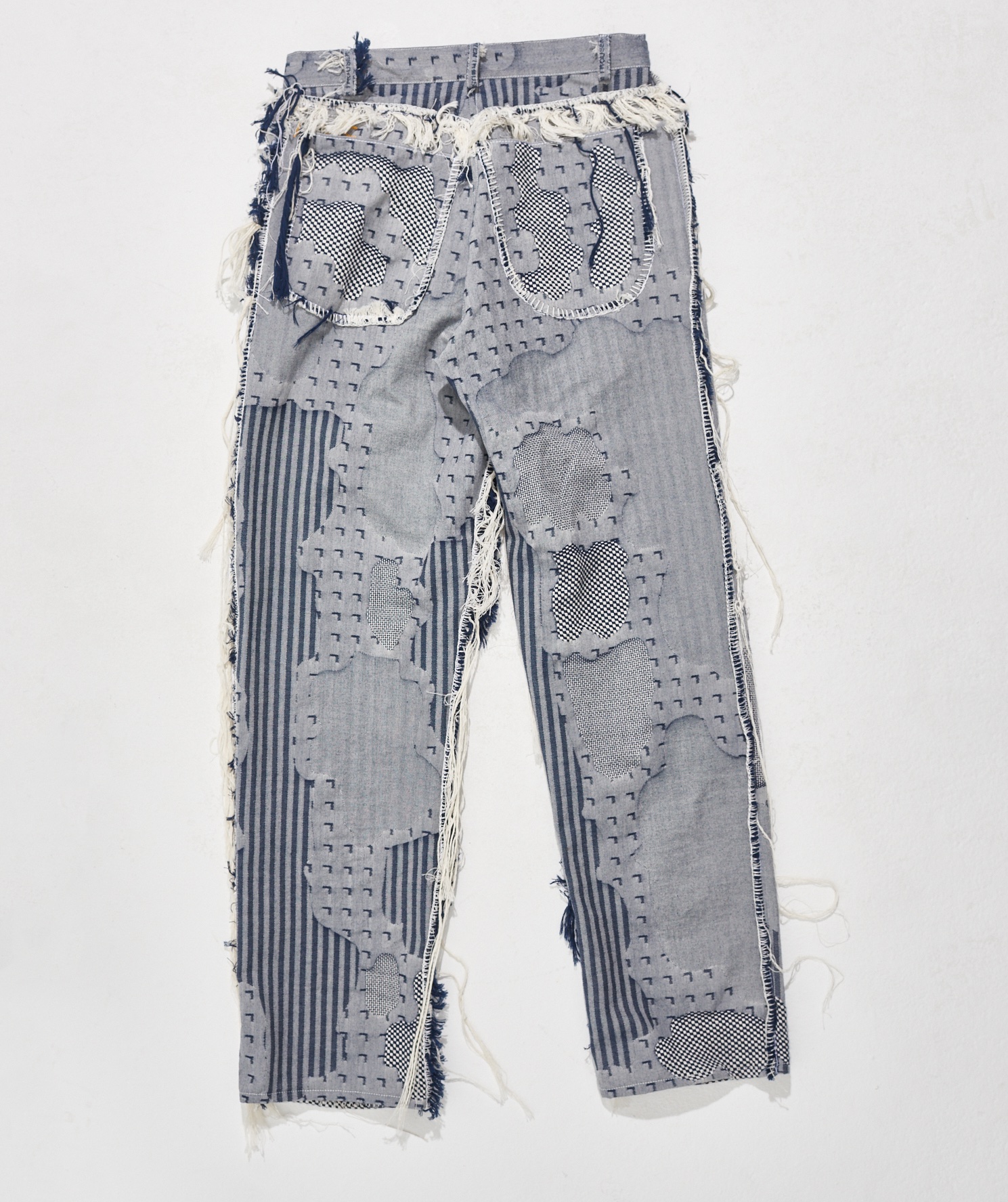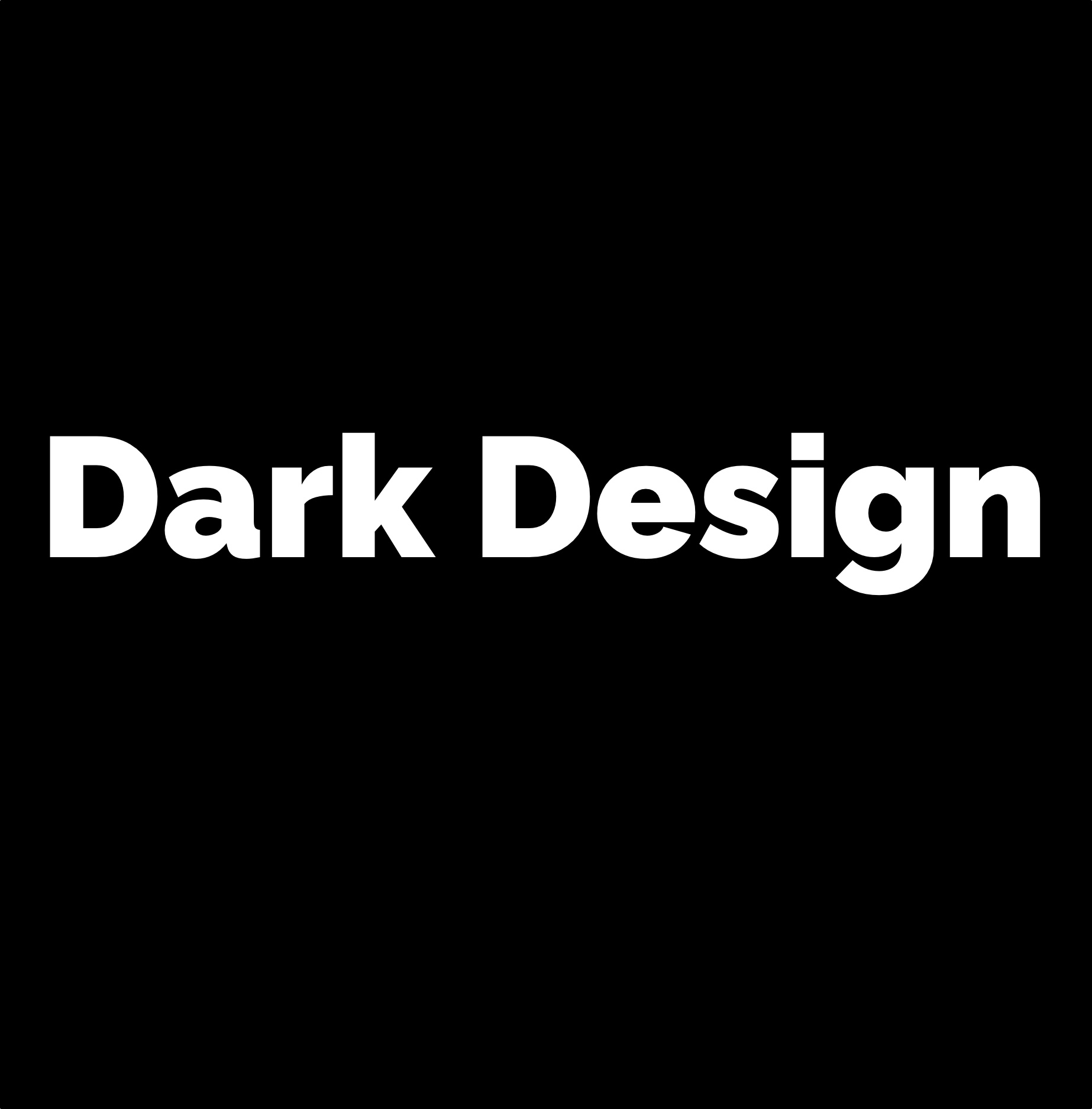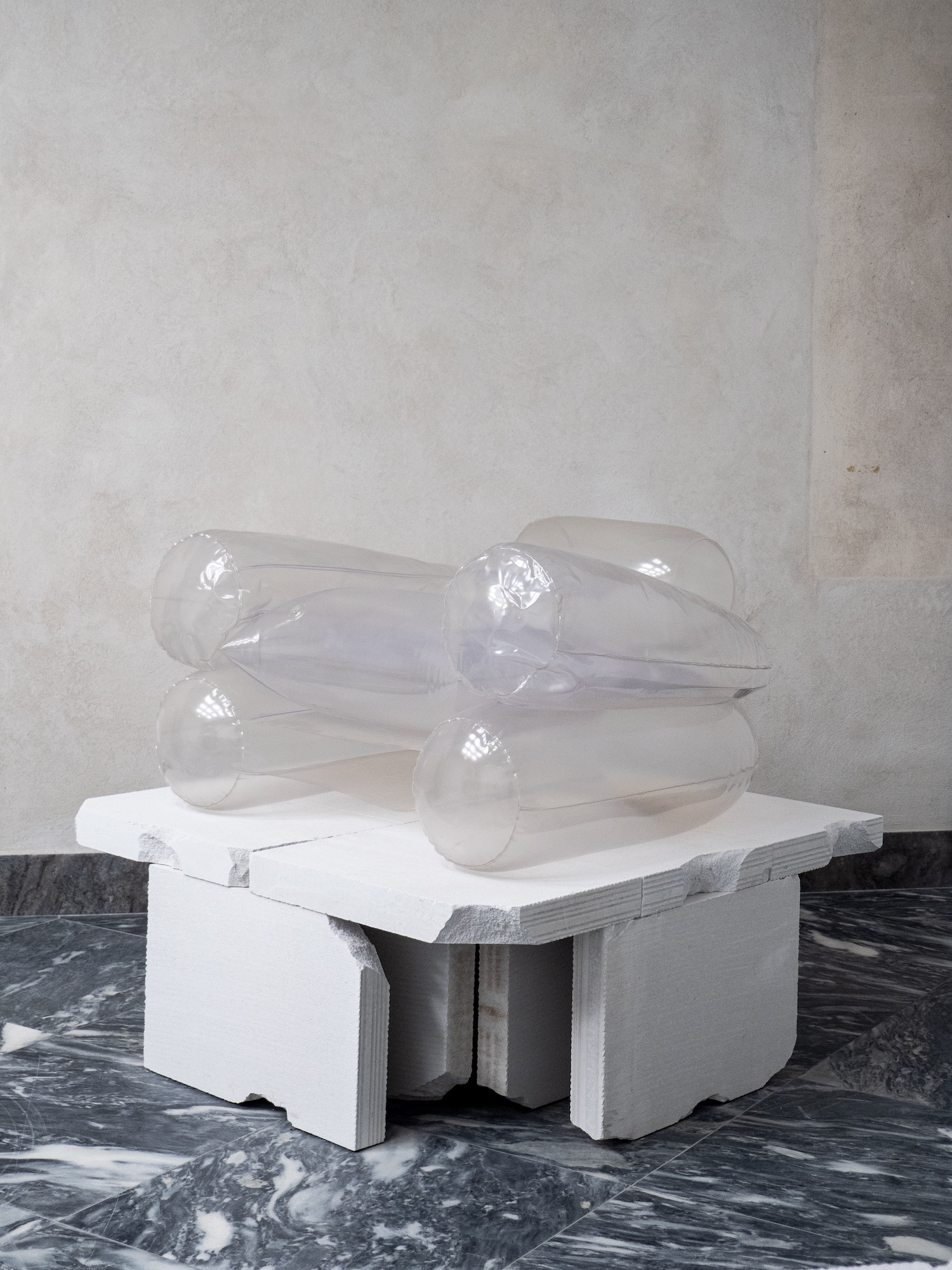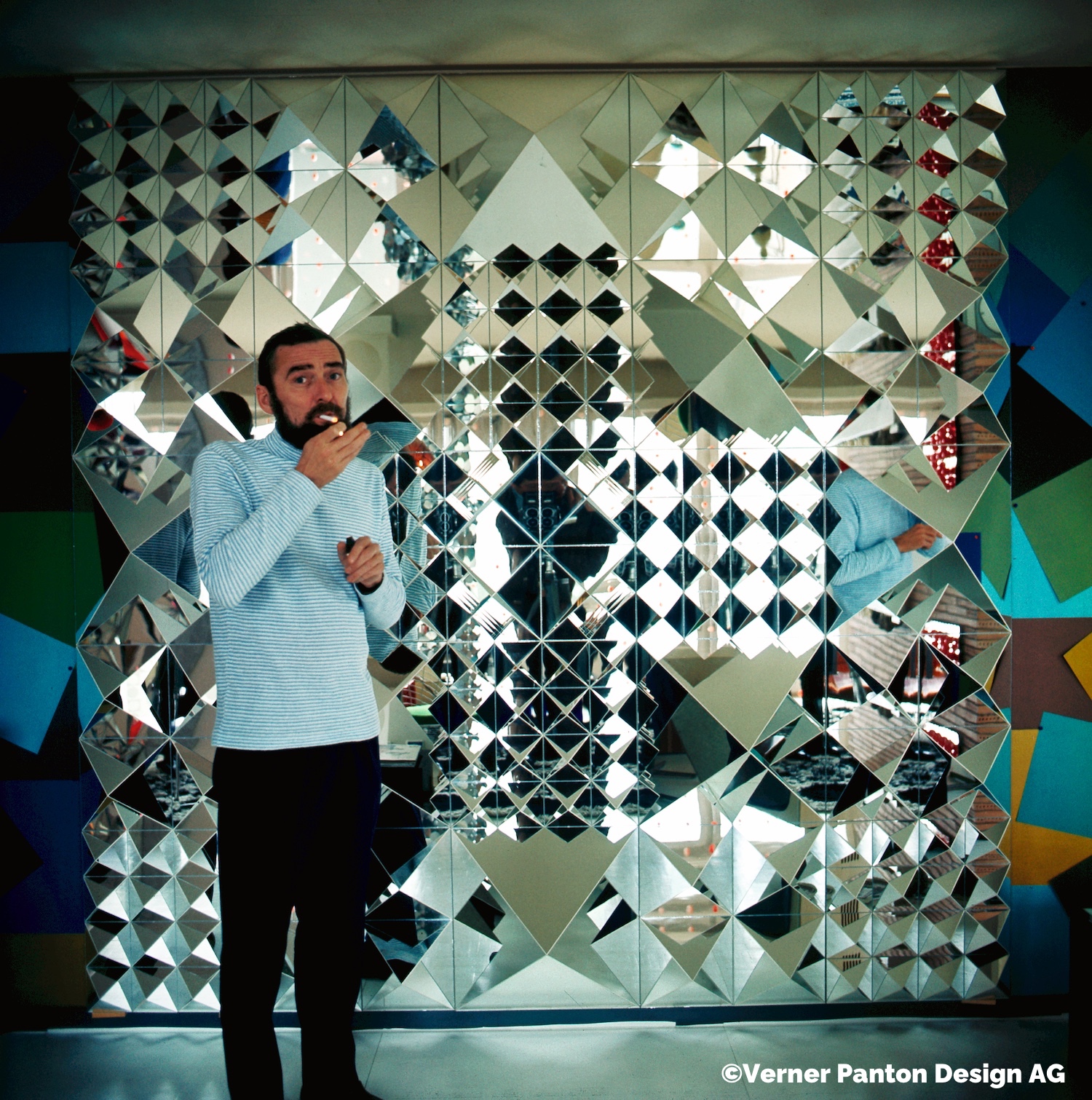Can Danish jewellery art reinvent itself in a world where profit, volume, and quick turnover dictate most things? And is it time to seriously move on from traditional materials like gold and diamonds, which are haunted by dirty production conditions - a path that several Danish jewelry artists have already embarked on?
- Theme:
- Contemporary Jewellery Art
- Subjects:
- Aesthetics ●
- Jewellery ●
- Material culture
- Sustainability

